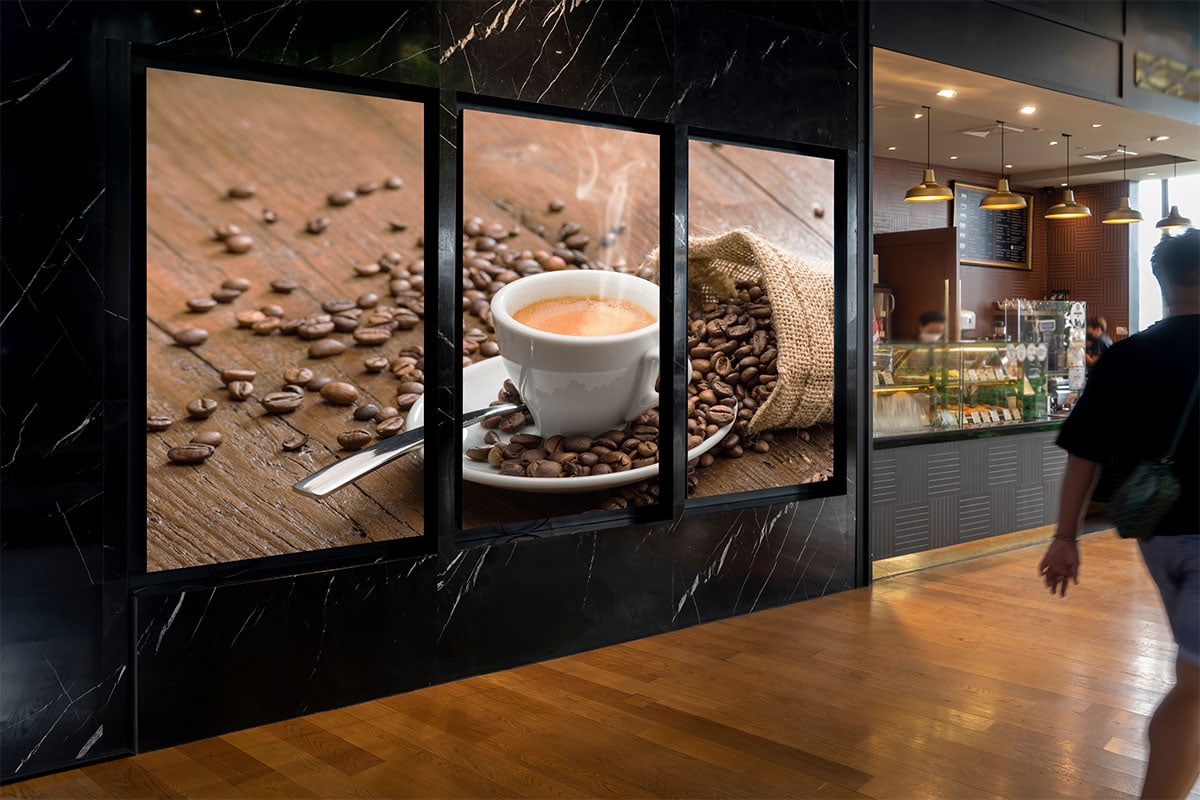Cutting-edge Methods to Boosting Mobile Communication Technologies for LED Display Panels.
Wiki Article
Untethered communication solutions for Light Emitting Diode wall screens have redefined the way we utilize visual displays in various settings, such as concerts, conferences, and advertising. These units, known for their high-impact colors and high clarity, rely heavily on stable wireless connections to function effectively. As digital infrastructure continues to advance, cutting-edge approaches are being engineered to optimize these wireless frameworks. This article will explore some of the latest strategies aimed at boosting wireless connectivity for LED wall displays.

One significant method to enhancing wireless communication is the use of next-generation antenna systems. Antennas play a vital role in transmitting and capturing signals between devices. By employing adaptive antenna arrays, which can adjust their direction and beamforming pattern based on the environment, manufacturers can significantly enhance signal strength and reliability. This dynamic tuning helps reduce interference from other electronic systems and barriers, leading to clearer video quality and more stable link performance for LED wall displays.
Another innovative strategy entails implementing mesh network architectures. Unlike conventional wireless setups that rely on a single router, mesh systems consist of multiple nodes that work together to extend the internet connection over a larger area. This structure guarantees that Light Emitting Diode wall panels receive a steady signal regardless of their location. In spaces like arenas or large exhibition halls, where physical barriers may interfere with signals, mesh technologies provide a more reliable framework by maintaining connectivity even in crowded areas.
Moreover, incorporating edge processing into wireless connectivity can enhance efficiency for Light Emitting Diode wall displays. Edge computing enables data handling to try here occur near the source of data origination rather than depending entirely on centralized data centers. By processing data at the edge of the LED wall units, the architecture reduces latency, resulting in faster response times and smoother video playback. This development is especially advantageous for applications that demand real-time updates or interactive functions, making visual displays more immersive for audiences.
Lastly, leveraging new communication protocols can also improve wireless network performance for LED wall panels. Protocols such as Wi-Fi 6 and 5G offer enhanced bandwidth and faster data transfer rates compared to previous standards. These technologies enable multiple devices to connect concurrently without sacrificing performance. As Luminescent Diode wall displays are often paired with other smart technologies, integrating these modern protocols guarantees that all components can communicate seamlessly, leading to an overall better user experience.
In conclusion, the enhancement of wireless connectivity solutions for Light Emitting Diode wall displays is essential as technology continues to evolve. Through developments such as intelligent antennas, mesh networking architectures, edge computing implementation, and new data transmission standards, producers can deliver better efficiency and stability. These approaches not only improve the functionality of Check This Out LED wall units but also elevate the visual experiences they offer across various applications. As these technologies continue to progress, viewers can anticipate even more impressive displays in the coming years.